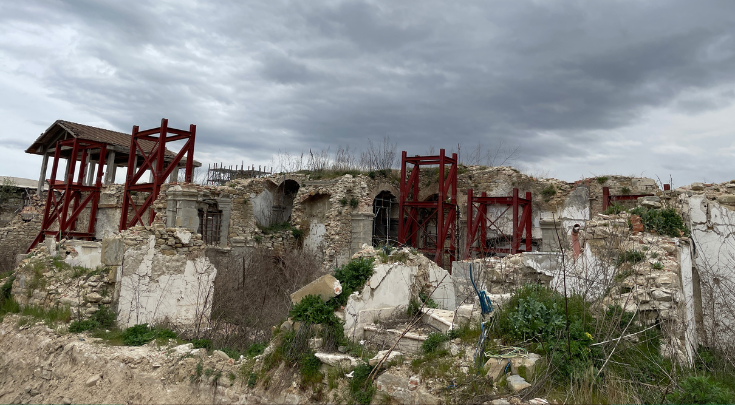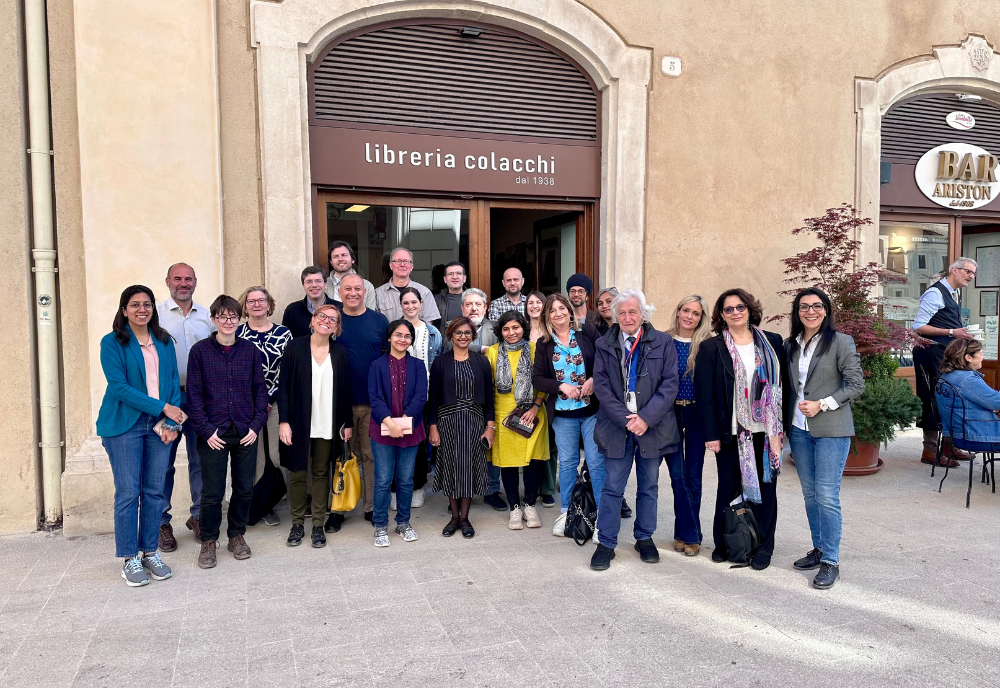Dr. Amber Mehmood was in Karachi in October 2005 when she heard news of the Combined Military Hospital in Muzaffarabad – or what was left of it. The medical staff was caring for patients in 256 beds when the unthinkable happened.
The 7.6-magnitude Kashmir earthquake struck on a Saturday morning, eventually killing 86,000 people in the region, displaced 3.5 million others and reduced thousands of buildings and homes to rubble. It was Pakistan’s most destructive and costliest natural disaster.
But many of those deaths could have been prevented, Mehmood believes, had the country been better prepared for catastrophe on such a scale. The event made such an impact on Mehmood that she decided to change careers, and today is associate professor at the University of South Florida, where she heads the global disaster management, humanitarian relief and homeland security concentration in the College of Public Health (COPH).
“I’m a surgeon by training, but one of things I learned is that a lot of the things I saw in the operating and emergency rooms can be prevented − but they weren’t being prevented,’’ she said. “So that’s what drew me toward public health.’’
Mehmood, teaches COPH courses on disaster management, community-based disaster preparedness and resilience, and is also a technical consultant on emergency and trauma care with the World Bank in Washington, D.C. She recently traveled to Italy to study and share information about how its government managed the fallout from two destructive earthquakes, and also shared her expertise on disaster management with the American University of Beirut in Lebanon.
Such knowledge is needed more than ever, she said, as natural and man-made catastrophes are on the rise.
“Unfortunately, disasters are becoming more frequent and more intense, from wildfires to hurricanes,’’ she said. “What we are heading toward is this uncharted territory of anticipation and preparedness.’’
In Italy, Mehmood joined a group of interdisciplinary researchers to study the stages of preparedness, response and recovery from the L'Aquila and Amatrice earthquakes. Her work focused not only on the physical and cultural elements of rebuilding, but how people cope after a tragic event.
“Many survivors reported PTSD, trauma of displacement, feelings of abandonment, and continuing economic struggles despite government and community efforts,’’ she said. “Both disasters highlighted the need for robust preparedness measures, including building codes, early warning systems, public awareness and psychosocial support programs.’’
Mehmood emphasizes building a “systems approach’’ to disaster recovery planning. This involves a combination of physical and social processes that includes people, organizations, structures, and environmental factors, each with its own connections and interactions.

The Red Zone of Italian town Amatrice which was destroyed in Central Italy Earthquake (6.2 Richter scale) on August 24, 2016. The town is undergoing extensive reconstruction and recovery efforts. (Photo courtesy of Dr. Amber Mehmood)
“The risk and threats we face today cannot be seen in isolation,’’ she said. “We live in a world where urban infrastructure systems for energy, transport, telecommunications, water and wastewater, solid waste, buildings and food sectors are not only interconnected but also highly interdependent. Effective response and recovery is only possible when we account for these interactions.’’
If we want to mitigate known hazards and prepare for lesser-known hazards, she added, “we’ll need to move towards a systems approach and enhance the entire system’s adaptive capacity, which includes our communities and vulnerable populations.’’
One aspect of the COPH efforts in this arena addresses the threat of climate change, of global warming’s impact on the atmosphere, oceans and land masses. As climate-fueled disasters become more frequent, they are causing more destruction, death and economic losses globally.
In her American University lecture, Mehmood cites the various categories of disasters. Floods top the list as the most frequent and destructive; followed by draughts, severe storms, earthquakes and extreme temperatures, respectively. Part of the problem with recovering from these events is whether resources are available and can be delivered when and where people need them. In other words, the disaster itself is often only part of a larger problem that may include social, political and economic inequities.
“We have seen a lot of climate-related disasters such as drought and crop failures but so is man-made famine,’’ she adds. “Because if you block humanitarian aid, then it becomes a different type of humanitarian emergency.’’
